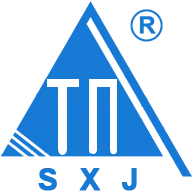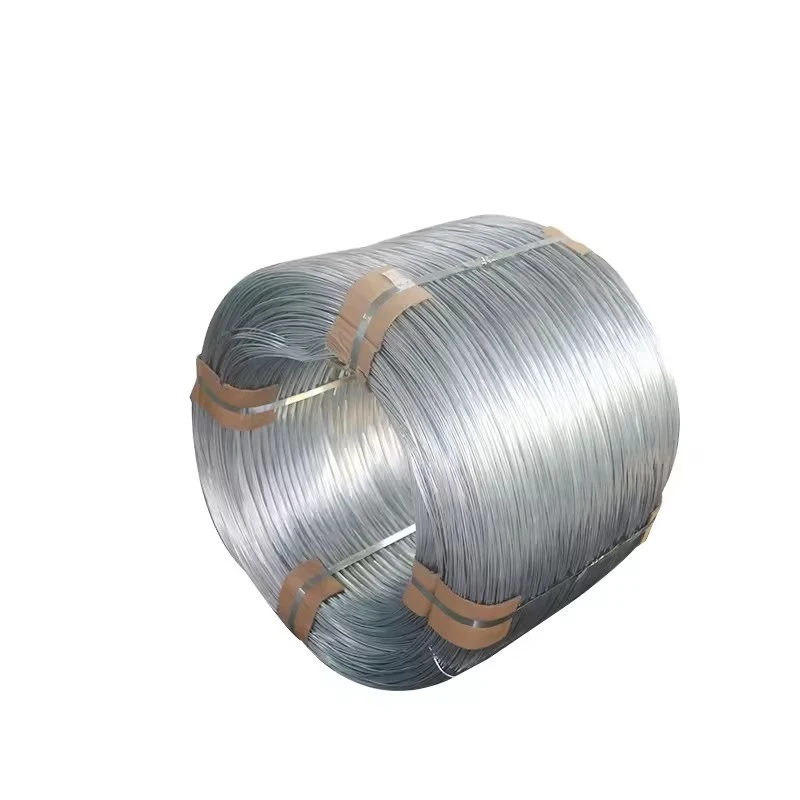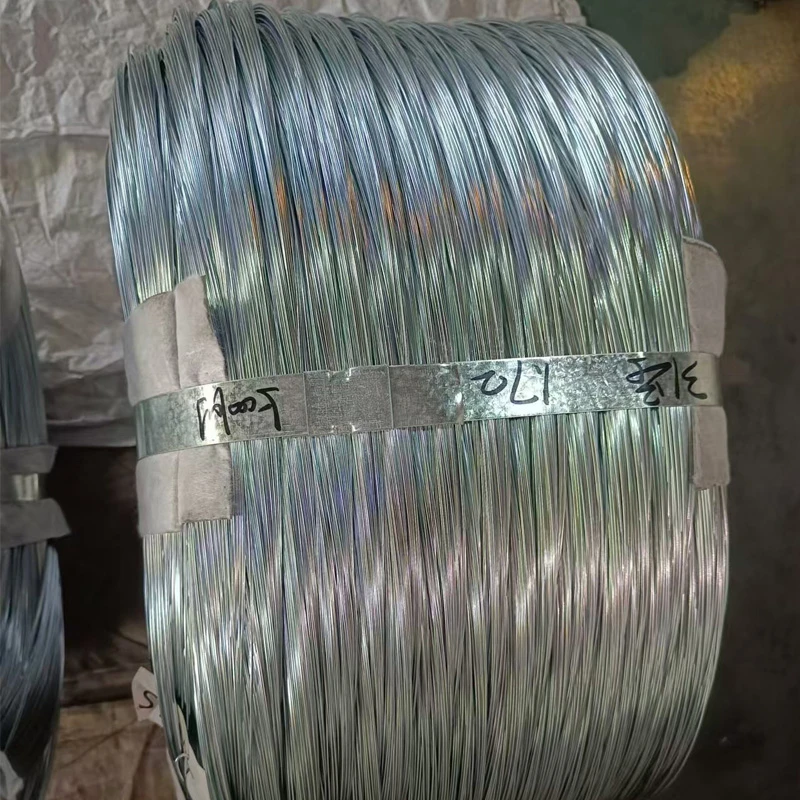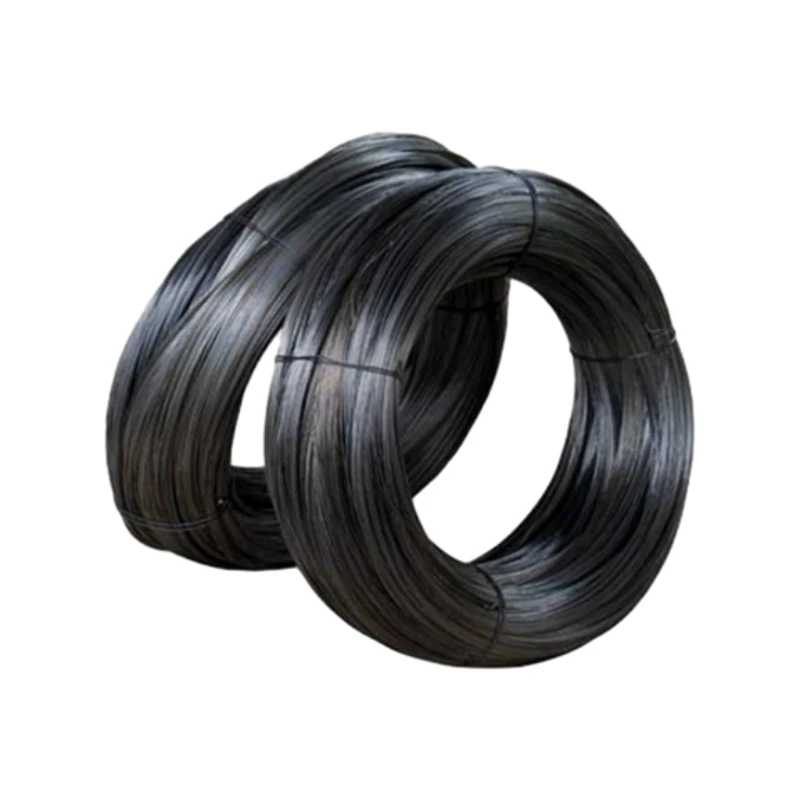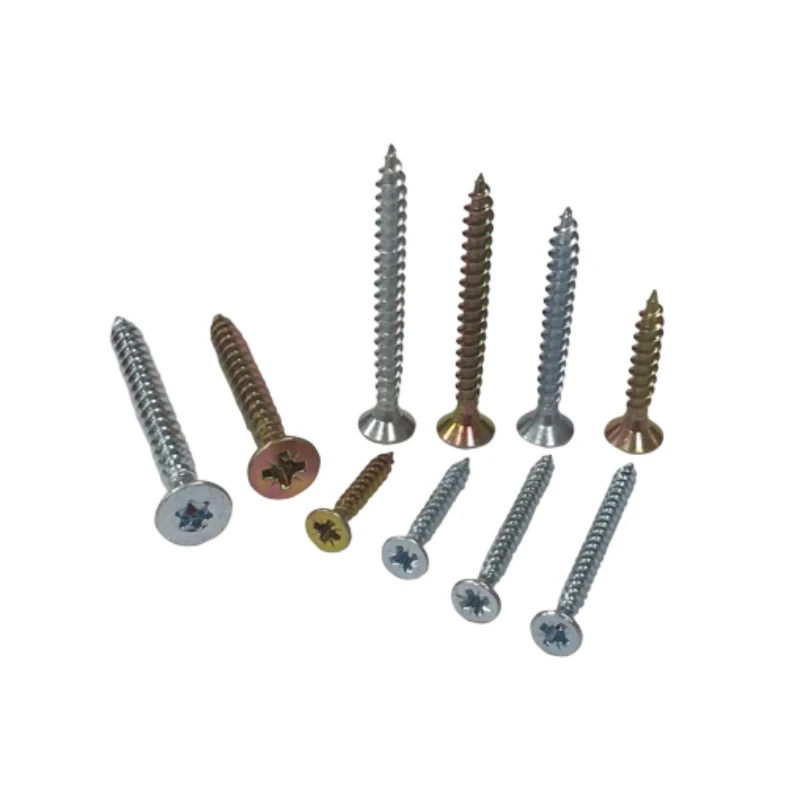
Talk With Us
+86-13601661296
Email Address
admin@sxjbradnail.comBest GI Wire Cost Per Kg 2 Aluminum Wire Cost Comparison Affordable GI Wire Prices
- Introduction to GI Wire Cost: Key Factors and Market Influence
- Breaking Down Material and Manufacturing Techniques
- Comparative Table: GI Wire Cost Per Kg and 2 Aluminum Wire Cost
- Leading Manufacturers: A Technical and Pricing Comparison
- Custom Specification Solutions for Specialized Needs
- Real-World Application Cases with Cost-Effectiveness Analysis
- Final Thoughts: GI Wire Cost and Industry Trends
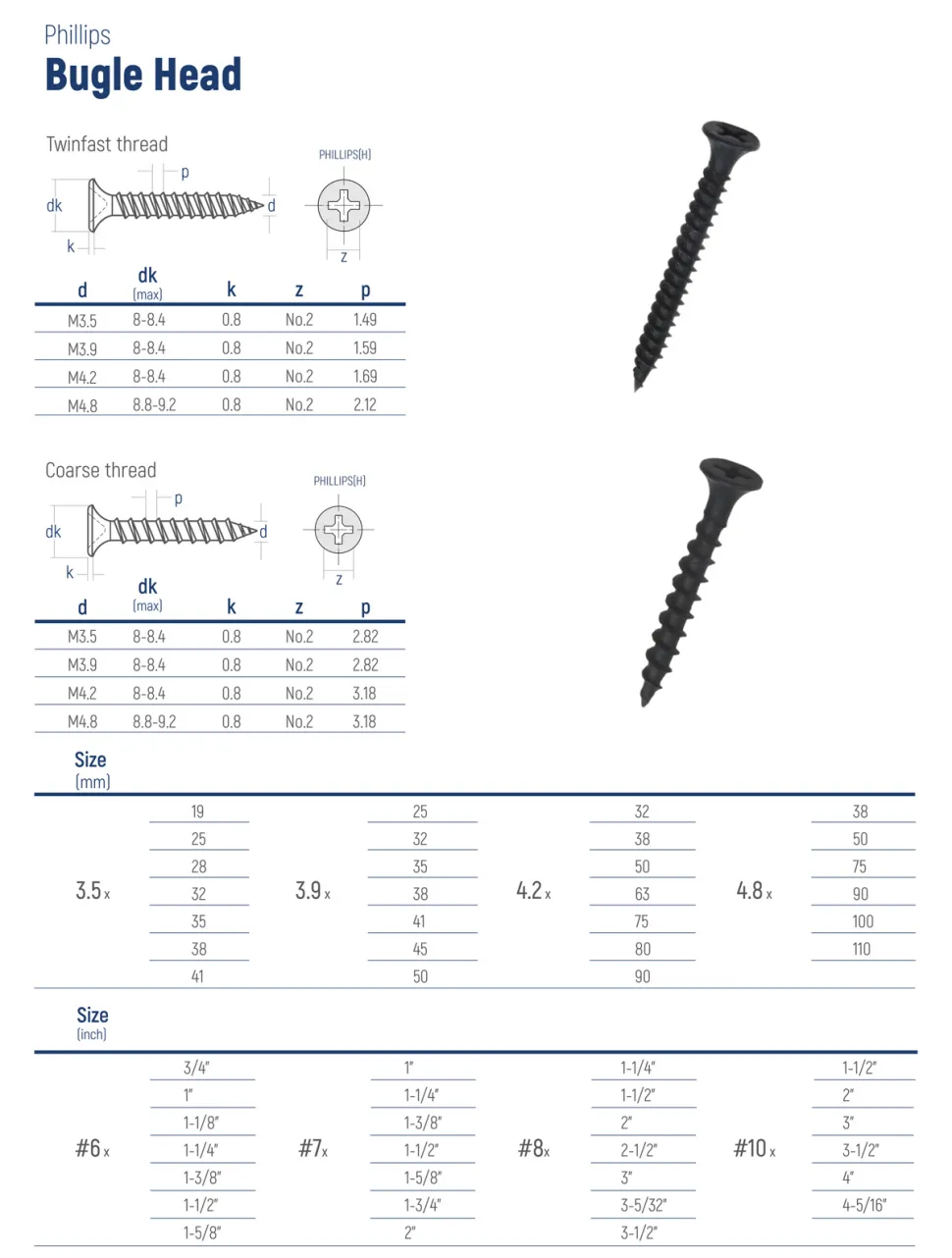
(gi wire cost)
Introduction to GI Wire Cost: Key Factors and Market Influence
In today's industrial and construction sectors, the inquiry into gi wire cost
has grown increasingly pertinent. Determining precise pricing involves examining several components such as raw material costs, manufacturing processes, galvanization grade, and market demand. GI wire, known for its corrosion resistance and versatility, is widely used in fencing, construction reinforcement, cable armoring, and agricultural applications. Over the past year, market analytics show the global galvanized iron (GI) wire market grew at an annual rate of 3.1%, highlighted by fluctuating raw material prices and supply chain dynamics. When evaluating gi wire cost per kg, decision makers must also consider regional variations and evolving trade tariffs, which can add or reduce pricing by as much as 12%. This introduction will set the stage for a comprehensive breakdown of pricing, technical features, supplier analysis, and real-world application scenarios.
Material Science and Manufacturing Techniques
The production cost of GI wire is intrinsically linked to the steel quality and the galvanization process used. Typically, the base steel averages a tensile strength between 350 to 550 MPa and is selected based on the intended load and environmental factors. The wire is then coated through methods like hot-dip galvanization or electro-galvanization, each yielding different thicknesses of zinc coating. Hot-dip processes result in a coating of 40–85 g/m², increasing the wire's longevity up to 10–15 years in standard climates. Manufacturing innovations, such as continuous wire drawing and annealing, further enhance consistency, while zinc usage optimization ensures minimal wastage and cost-effectiveness. In regions with advanced infrastructure, automation has reduced labor costs by approximately 14%, directly influencing the final retail price of GI wire without compromising quality.
Comparative Table: GI Wire Cost Per Kg and 2 Aluminum Wire Cost
Selecting between GI wire and alternatives—most notably 2 aluminum wire—requires rigorous price-performance evaluation. The table below compares the current global average costs and technical attributes relevant to different users, such as construction managers and procurement officers.
| Item | Material | Average Cost per Kg (USD) | Tensile Strength (MPa) | Corrosion Resistance (Years, Normal Exposure) | Typical Application |
|---|---|---|---|---|---|
| 1 | GI Wire | 1.10 - 1.65 | 350-550 | 10-15 | Fencing, Construction, Armoring |
| 2 | 2 Aluminum Wire | 2.40 - 2.80 | 70-200 | 30+ | Overhead Lines, Electrical Wiring |
As illustrated above, gi wire cost per kg is significantly lower than 2 aluminum wire cost, with reaffirmed technical superiority in terms of tensile strength. However, aluminum wire excels in long-term corrosion resistance, making the choice highly application-specific.
Leading Manufacturers: A Technical and Pricing Comparison
The competitive landscape for GI wire manufacturing is dominated by a handful of global players and regional specialists. The leading companies advance product differentiation through process automation, raw material integration, and custom product lines. For instance, Tata Wiron offers comprehensive galvanization grades, yielding wires with zinc coating options ranging from 30 to 85 g/m², with price variability of approximately 18% between standard and premium grades. In comparison, local manufacturers in Southeast Asia provide competitive pricing but often compromise on quality control, reflecting tensile strength ranges of 340–500 MPa and variable coating thickness. Meanwhile, European suppliers have optimized logistics chains, ensuring stable pricing and swift delivery—an attribute highly valued in emergent construction markets. In sum, choosing between manufacturers requires not only price analysis but a thorough review of supply consistency, after-sales support, and technical compliance with international standards like ASTM-A641.
Custom Specification Solutions for Specialized Needs
Demand for tailored GI wire solutions is steadily growing, driven by sophisticated infrastructure projects, green energy setups, and defense installations. Customized offerings may include variable wire gauge (typically 1.2mm to 6mm), precise tensile requirements, and specialized zinc-aluminum alloy coating. For example, solar farm developers have shifted toward custom GI wires with a minimum of 60 g/m² zinc coating, enhancing operational lifespan by 8–10% compared with standard grades. Manufacturers also provide packaging innovations—such as moisture-barrier spooling and anti-tangle designs—to accommodate remote deployments. Bulk orders combined with specification detailing can drive the gi wire cost down by as much as 10%, emphasizing the value of negotiation and supplier collaboration. Effective customization requires clear communication of technical drawings, project timeline, and expected environmental exposure for optimal cost-to-benefit outcomes.
Real-World Application Cases with Cost-Effectiveness Analysis
The impact of correct GI wire selection is best illustrated through real-life project outcomes:
- Urban Fencing Network: A metropolitan expansion in Southeast Asia required 75,000 kg of 3.2mm GI wire for rapid fencing deployment. Through advance negotiations and bulk customization, the average cost per kg was contracted at $1.21—5% below regional market rates. The project reported a 17% reduction in annual maintenance expenditures due to superior anti-corrosive performance.
- Telecom Cabling: An African telecom provider selected GI wire with a 60g/m² zinc coating for cable armoring, resulting in a service life extension from 8 to 12 years without substantial cost increase, demonstrating a 50% lifecycle cost reduction compared to prior materials.
- Renewable Energy Systems: In a wind farm deployment, engineering teams opted for customized GI wire in an aluminum-zinc alloy, balancing load requirements with environmental durability. The solution minimized downtime and replacement costs over a projected 15-year period.
Final Thoughts: GI Wire Cost and Industry Trends
Strategic procurement of galvanized iron wire depends on more than the headline gi wire cost. Industry insights reveal a robust shift toward higher specification products, driven by the need for longer service life, sustainability, and compliance with evolving global standards. Supply chain digitalization and manufacturing automation continue to streamline production, imparting both pricing stability and consistent quality. As renewable energy, telecommunications, and infrastructure megaprojects expand globally, the value proposition of GI wire will be shaped increasingly by technological innovation and supplier adaptability. Staying abreast of price trends, technical advancements, and real-world application feedback ensures enterprises achieve the best balance of performance, compliance, and cost savings—both at purchase and across the wire's entire lifecycle.
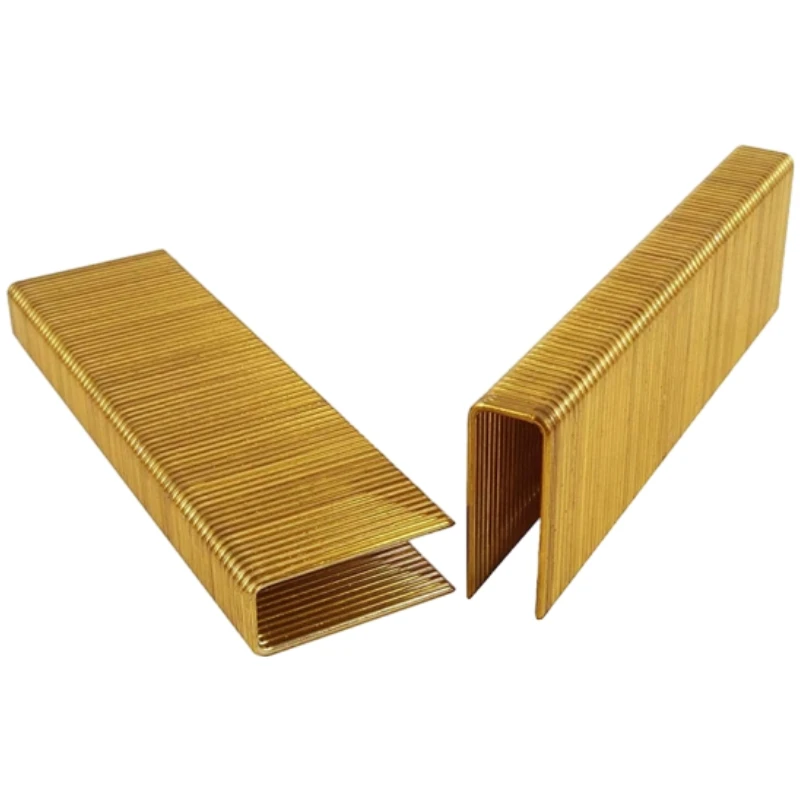
(gi wire cost)
FAQS on gi wire cost
Q: What is the current GI wire cost per kg?
A: The GI wire cost per kg typically ranges from $0.60 to $1.20 depending on quality and market conditions. Prices may vary by region and supplier.Q: How does 2 aluminum wire cost compare to GI wire cost?
A: Generally, the cost of 2 aluminum wire is higher than that of GI wire. Aluminum wire’s price depends on purity and size, but is often about 1.5 to 2 times that of GI wire per kg.Q: What factors influence GI wire cost?
A: GI wire cost is affected by zinc coating, wire diameter, and current steel prices. Bulk orders and local availability also play significant roles.Q: Where can I find accurate gi wire cost per kg information?
A: You can check reliable supplier websites or local hardware stores for updated gi wire cost per kg. Industry marketplaces like Alibaba and IndiaMART also provide current rates.Q: Does GI wire cost less when bought in bulk?
A: Yes, purchasing GI wire in bulk usually offers a lower per-kg price. Discounts are commonly available for larger quantities.-
20 Gauge 3/16 Crown Staples: Premium Fasteners for UpholsteryNewsAug.27,2025
-
90 Series Staples: Premium 18ga Narrow Crown FastenersNewsAug.26,2025
-
Precision 90 Series Staples - 18GA Narrow Crown, 10-38mmNewsAug.21,2025
-
Secure & Strong Fine Thread Drywall Screws for DrywallNewsAug.19,2025
-
21 Gauge 1/2 Inch Crown 84 Series Fine Wire Staple-Baoding Yongweichangsheng Metal Produce Co., Ltd.|Precision Engineering&Corrosion ResistanceNewsAug.18,2025
-
21 Gauge 1/2 Inch Crown 84 Series Fine Wire Staple - Baoding Yongweichangsheng Metal Produce Co., Ltd.NewsAug.18,2025
